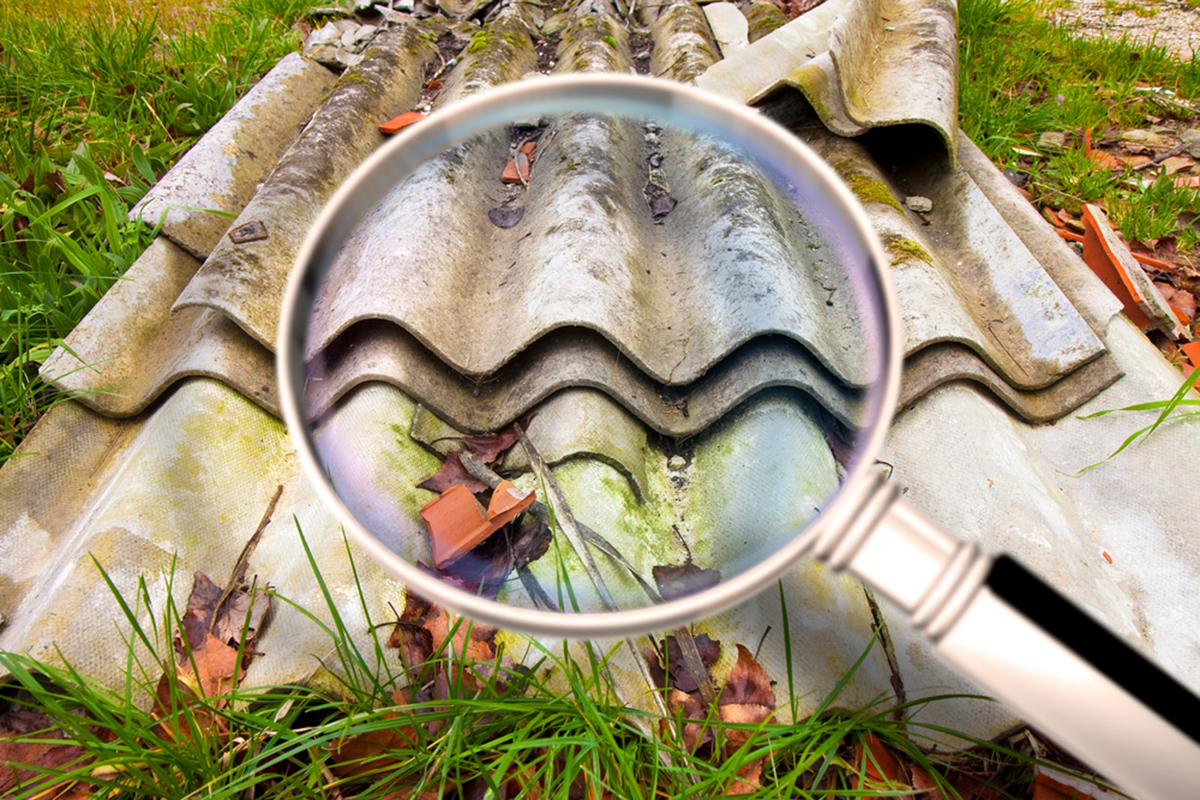
Most of us grew up surrounded by asbestos in our homes. Today, homeowners want asbestos in their ceilings about as much as they want lead paint on their walls. Asbestos was used for decades in the very environments meant to keep us safe; our homes, schools, and businesses. Asbestos was used in the roofs and shingles above us, the walls around us, and the flooring below us. What exactly is asbestos, and why is it so prevalent in our every day lives? Here are Your Asbestos Questions Answered.
What is asbestos?
According to the California Department of Public Health, asbestos is a naturally occurring mineral. It is mined like other minerals such as iron, lead, and copper. The word “asbestos” comes from the Greek, and roughly translated means “inextinguishable.” Asbestos is a generic term for six types of minerals; however, the three varieties used in construction are chrysotile, crocidolite, and amosite.
Why was asbestos so popular?
Asbestos has been used for centuries. The mineral was once seen as something of a miracle. Asbestos is a rock that can be spun into thread for cloth. The resulting cloth is remarkably fireproof. Unlike other rocks, it can easily be spun into thread for cloth. The resulting cloth is remarkably fireproof. Asbestos products appealed to builders for several reasons. It is strong, flexible, and will not burn. It is a poor conductor of electricity and resists corrosion. Very few other substances had the same qualities.
How do I know if my home has asbestos?
The only way to be sure whether a material contains asbestos is to have samples taken from your home and tested by a qualified laboratory. The EPA recommends testing for asbestos if the material you’re questioning is damaged, such as frayed or crumbling. Also, test if you are planning a renovation that will disturb the material you think may contain asbestos.
What are the health risks if I have asbestos in my home?
Early studies indicated that those exposed to breathing in asbestos fibers in high levels, such as in factories, had a higher risk of developing lung cancer, mesothelioma, and other lung ailments. Today, EPA guidelines tell us that asbestos is not likely to present a health risk in your home as long as it is in good condition and not disturbed, such as during construction. When asbestos is damaged or disturbed, fibers become airborne and can be inhaled. The good news is, most of us exposed to asbestos in our daily lives do not develop any health problems.
Where can I find someone to remove the asbestos from my home?
First, contact your state to determine what state training and accreditation requirements may exist for both the contractor and their workers. The EPA recommends that you use an asbestos contractor properly trained to handle asbestos. Then do an online search for “asbestos contractor”.
Read our article What You Need to Know About Radon
